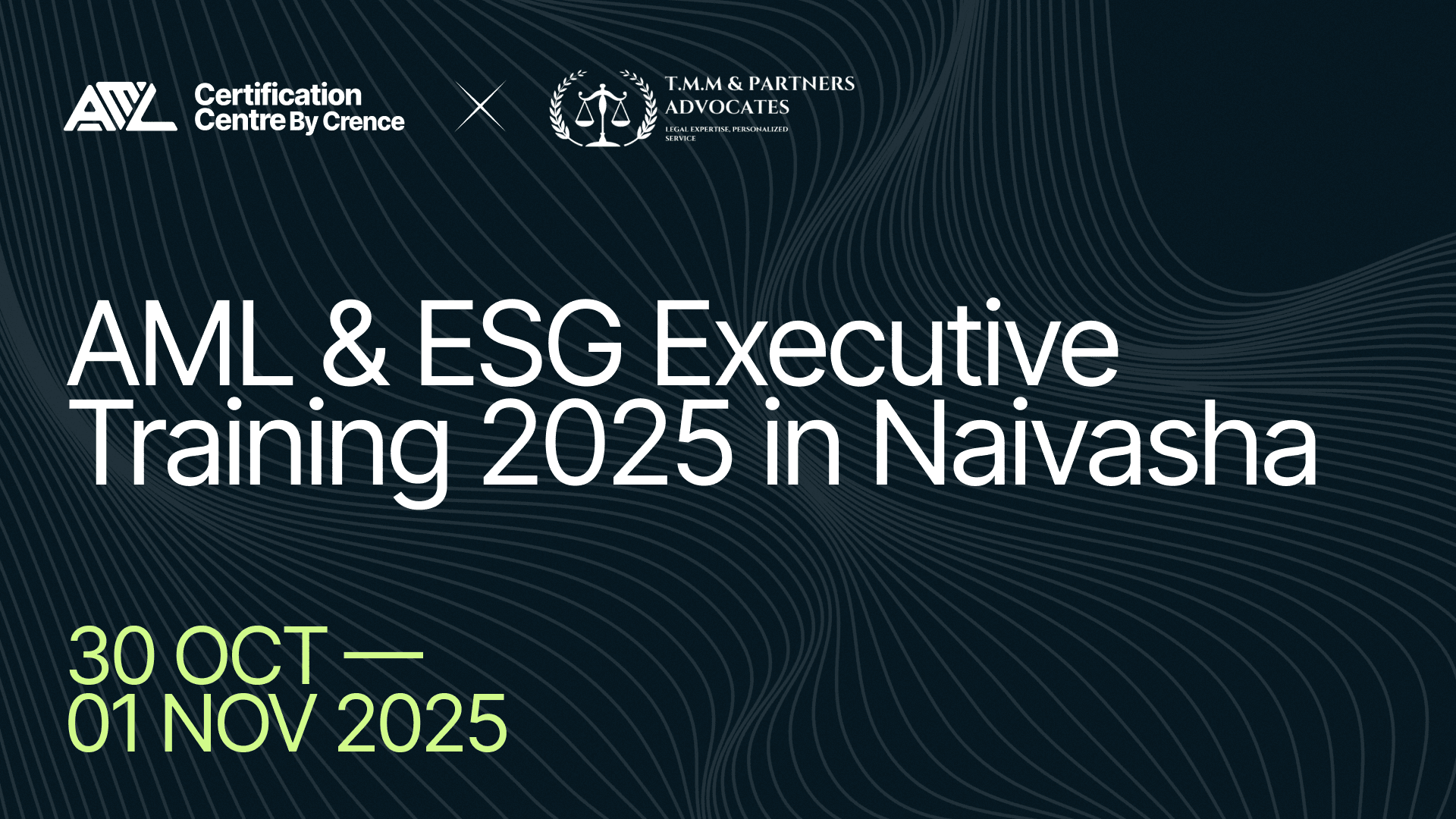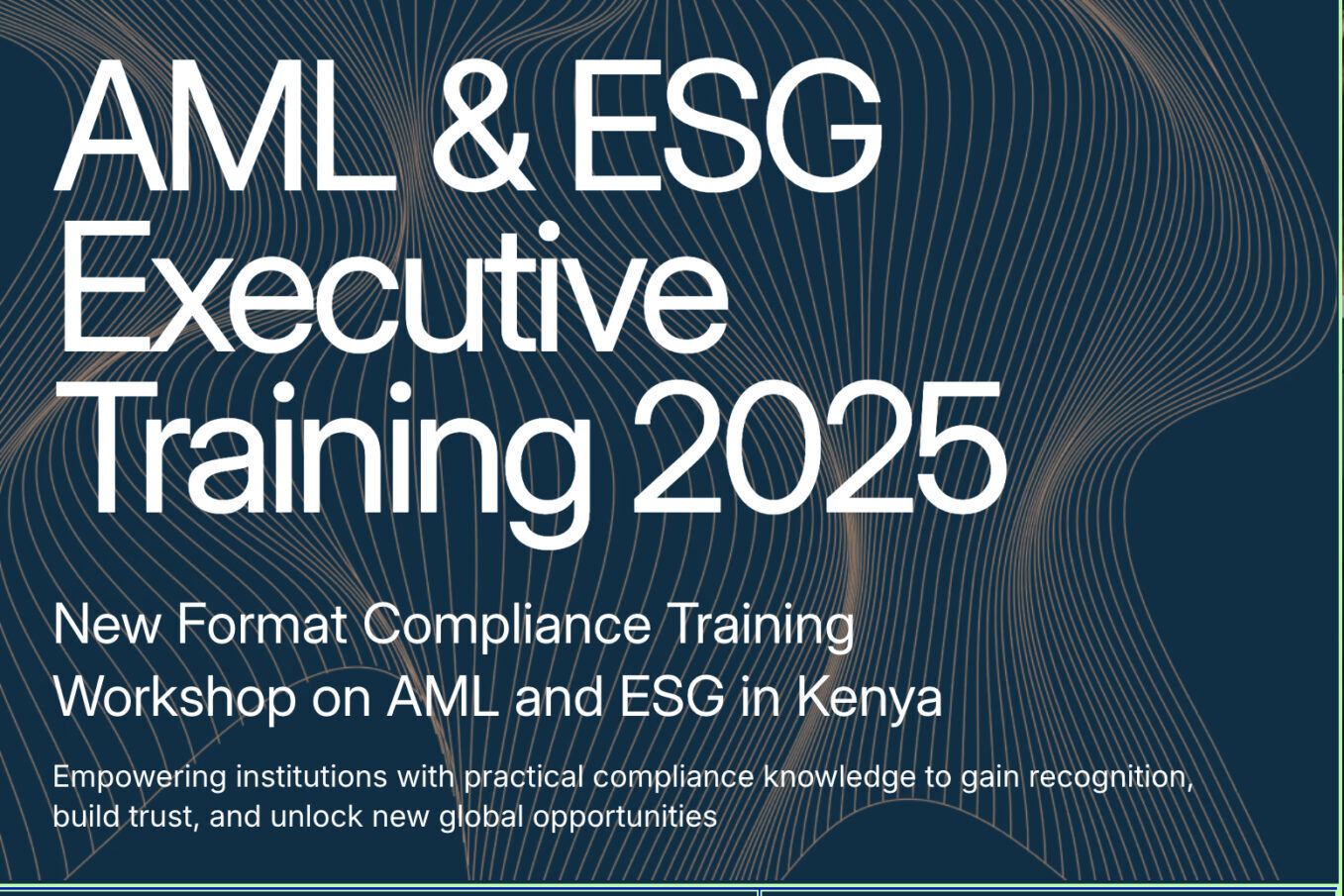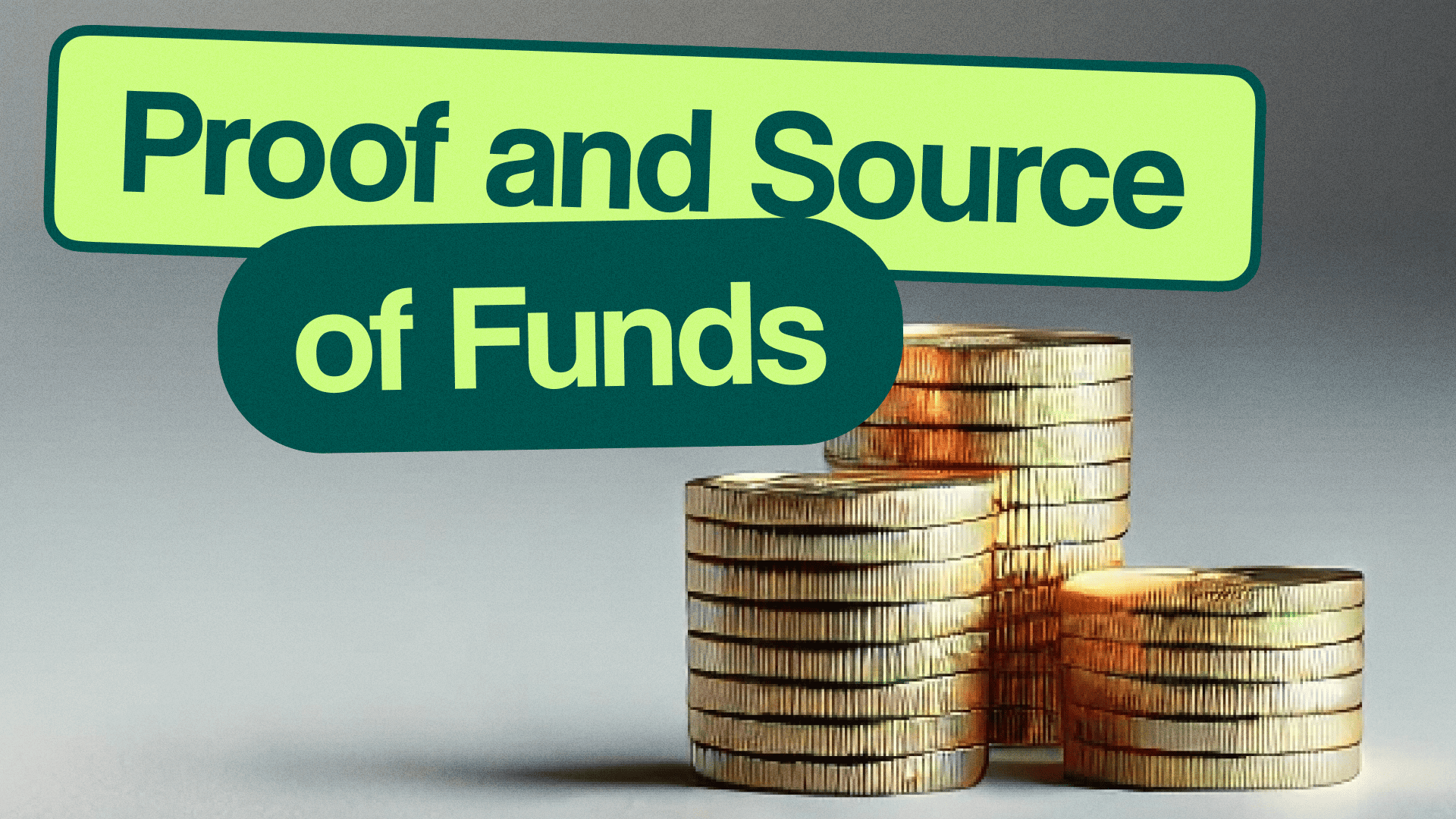Money laundering, or the injection of illegally obtained funds into the economic environment, has become a huge problem for the entire global regulatory community. Attackers thus fuel shadow activity, which subsequently leads to an unstable financial environment, reduced security, and flourishing corruption.
Every country is trying to impose regulatory restrictions and secure its system from the influence of fraudsters. The US has enacted the Bank Secrecy Act (BSA), and the EU has enacted several Directives: 5AMLD, 6AMLD, and the MiCA Regulation. Such legislative norms were formed to combat the darknet and illegal use of cryptocurrencies, creating an obstacle for financial fraud. The main tool became the KYC procedures when customers carry out transactions and mandatory fulfillment of AML/CFT requirements by all market participants. One of the steps is verification of source of funds (SOF) and source of wealth(SOW). In practice, this means that companies must provide evidence (financial statements, bank statements, invoices, contracts, etc.) of where the funds came from to verify that they are not part of illegal schemes.
The POF procedure is not only important for financial institutions and money transactions, but it is also applicable for real estate agencies. After all, one of the most common ways to legalize funds is through the purchase of real estate.
Understanding the client’s activities, the origin of assets, and their utilization is paramount to ensure transparent cooperation between business partners.
Is there a difference between Source of Funds and Source of Wealth?
It is common to identify these terms during AML when defining source of funds (SOF) and source of wealth (SOW). However, these terms have a different focus, so you must understand the difference when verifying clients.
What is included in the concept of Source of Funds?
Confirmation of the source of funds is proof of the sufficiency and legitimacy of funds/financial assets to carry out a transaction on behalf of legal entities or individuals.
Legal sources of money received may include:
- Salary, labor contract.
- Income from the sale of movable/immovable property (contracts, receipts, etc.).
- Credit agreements.
- Investment agreements, bonds, and shares.
- Lottery/gambling winnings.
- Court judgments and payments on them.
- Inheritance received.
- For legal entities – income from business activities (financial statements, balance sheet).
Banks’ payment systems acting within the framework of AML rules may require confirmation of the source of capital when:
- We are establishing business relations with a financial institution, opening an account, or receiving services.
- I am executing a transaction for large amounts.
- We are identifying suspicious or high-risk transactions.
For effective cooperation between the two parties, it is important to understand not only that the funds are sufficient for the transaction but also where they came from (from what type of activity, whether the transactions were anonymous, whether the company is registered or has accounts in an offshore zone).
What is included in the concept of Source of Wealth?
To understand the term – what is the source of wealth, it is necessary to analyze more extensively the entire business and commercial sphere of the company, which led to the accumulation of savings.
The sources of wealth can include:
- Accumulated profits from business activities.
- Capital gains from investment investments.
- Family savings, inheritance.
- Aggregate income from professional activities.
Analyzing the financial profile as a whole, the correlation of the total amount of wealth with the sources of funds makes it possible to:
- Determine the legality of transactions and the conclusion of an agreement on further cooperation.
- Comply with AML/CTF procedures.
- Identify potential risks and reduce the likelihood of financing illegal activities.
Why is it important to verify sources in real estate?
Establishing the source of funds meaning is crucial in determining the risk profile of a customer and further interaction with them. If SOF is found to be inconsistent with transaction volumes, companies are required to conduct an AML/CFT investigation and send the result to regulators in the form of a Suspicious Activity Report (SAR).
The purchase of real estate by an individual or legal entity is always a transaction involving large sums of money. Often, fraudsters use this type of transaction to withdraw funds from the shadows and legalize them before the authorities. Illegal schemes can take part in fake third parties, manipulation of the price – especially increased or decreased value of the real estate, and pay for the purchase of 100% cash.
The availability of funds of the buyer to the seller can be confirmed with the help of:
- Purchase and sale agreement of the previous property, a letter from a lawyer confirming the transaction.
- Bank statement indicating the balance in the account.
- Declarations.
- Extracts from registers databases.
For the selling company, the client’s funds on pension insurance accounts are not a confirmation of the possibility of paying expenses when concluding a real estate transaction.
Key requirements in the process of verifying SOF
Detailed verification and understanding of the source of wealth meaning have become key elements in the process of performing AML/CTF procedures.
Confirmation of sources of funds takes place in several stages:
- Collection of documents. Documents that can substantiate the legitimacy of funds include bank statements, asset purchase agreements, wills, professional income, company financial statements, stock registers, loan agreements, and statements verifying receipt of funds.
- SOF analysis can be automated using AI/ML tools, reducing errors and speeding up the entire process. In addition, new software solutions can confirm or deny the validity of documents, the data entered in them, and the true owner of the funds.
- Confirmation of legitimacy or reporting of questionable transactions to the regulator is done using encrypted protocols. This protects data from cybercriminals gaining access to it. Also, digitalization helps companies adhere to international standards and submit the results of an audit to government agencies regardless of location.
Caution should be exercised regarding the source of funds if it is indicated that it is gifts, cryptocurrency, money received from third parties, or gambling.
Compliance and Economic Integrity
Compliance with strict regulations regarding aml sources of funds helps to prevent the legalization of illegal funds, as well as to maintain the integrity of the banking system and the economy as a whole.
The main regulatory requirements are laid down in:
- The Bank Secrecy Act (BSA) in the U.S. requires banks to file suspicious transaction information with FinCEN. There is also a federal requirement, the Geographic Targeting Order (GTO), which requires reporting BOs behind companies buying real estate valued at more than $300,000 in certain areas.
- Directives 5AMLD, 6AMLD, and MiCA Regulation in the EU represent a set of measures aimed at market control and management, including the use of cryptocurrencies as SOF.
- International FATF recommendations oblige financial companies providing loans for real estate purchases to comply with AML norms and real estate companies to conduct customer due diligence (CDD), identify politically exposed persons (PEP), and report to the regulator on the procedures performed.
New innovation tools for verification of SOF
For real estate companies, investing in software to analyze source of funds documentation, detect red flags in contracting, and financial manipulation should be a priority and provide capabilities such as:
- Digital identification – verification of subjects to confirm the legitimacy of legal entities or individuals designated in document contracts. Innovative technologies using AI/ML help to identify risks associated with shell companies or fictitious persons involved in the transaction.
- Biometric verification – AI-based software with biometric data recognition is used for identity verification and user identification. Most often used by banks to verify the identity of the client, to compare the image with the database, and to protect high-risk transactions. Such digital technologies cannot be stolen or forged, like a PIN code or an SMS to a phone.
- Authentication using the credit bureau method – criminals use loans to try to legalize illegal funds, a credit history check will provide complete information about the client and his loans (number, delinquencies, etc.).
- Behavioral analysis with detection of anomalies in complex money laundering schemes when buying real estate.
- Optical Character Recognition (OCR) – scans data from documents, bank statements, and invoices without manual data entry. This reduces the possibility of making mistakes, entering incorrect data, and speeding up the analysis of information.
- Transaction monitoring using AI detects suspicious patterns like sudden large deposits of multiple international transactions for amounts in a short period of time.
- Sanctions lists (OFAC SDN, UN Security Council) and real-time verification give the ability to fulfill international requirements and avoid financing illegal activities.
- One of the latest technologies is blockchain, which can be used to securely verify the origin of funds without the need for traditional documents from financial institutions.
New technologies also ensure compliance with the Data Protection and Privacy Regulation (GDPR).
Difficulties in the process of confirming sources of funds
According to GFI (Global Financial Integrity) research, $2.3 billion was laundered in the U.S. over 5 years using real estate transactions. The Australian regulator AUSTRAC estimates that criminals have laundered $1bn through the real estate sector in Australia. Many people on the US sanctions lists have purchased real estate in Dubai.
Such volumes of violations once again indicate the need to strengthen measures to identify the source of funds and to use only verified funds in transactions.
During the course of a transaction, the most common types of documents that verify funds are bank and investment account statements and letters from financial institutions. Usually, the validity of such documents should be no more than 90 days, in some cases 30 days. However, certain challenges complicate the process of confirming the source of funds.
Challenges in providing documents and ensuring data quality
Challenges in analyzing data for SOF and SOW are related to:
- Incomplete and inaccurate financial information when clients do not provide all the required data statements of all accounts. This leads to discrepancies in the figures and makes it impossible to determine the source of funds. Documents may also be of inadequate quality or expired.
- Globalization and the possibility of cross-border transactions complicate the process of tracing the source of funds from different jurisdictions, as each has its requirements and restrictions on the provision of information.
- The use of cryptocurrencies and digital assets can serve as proof of funds example. However, they are anonymous, which makes it difficult to establish their origin and prove ownership.
- Privacy and data protection. Financial institutions are obliged to take a balanced approach when verifying the source of data, as this process will involve sensitive customer information.
- The complex structure of the company, with the inclusion of trusts, offshore companies, multiple transactions, and documents, makes it difficult to get a picture of the savings and where they came from.
Maintaining the company’s authority and reputation
There is no single solution to SOF and SOW compliance. Companies apply complex measures to protect their business: they implement various technological systems, bank statement verification software, and innovative tools. Regulators require businesses to perform AML procedures, customer due diligence (CDD), train staff or hire a separate AML manager, and conduct regular risk assessments.
Proving that the funds your clients are using are from legitimate sources helps protect any business from involvement in fraudulent schemes, regulatory questions, fines, and loss of reputation. A damaged reputation leads to an exodus of customers and business partners, as no one wants to be associated with wrongdoers.
Many large corporations make huge investments to maintain credibility in their field and to maintain user trust.
For example, financial services giant HSBC, after being fined, completely overhauled its AML system, thereby regaining customer trust and increasing shareholder ownership.
One of Danske Bank’s branches was involved in money laundering, and this fact affected the entire structure. Subsequently, this led to the withdrawal of customers and a significant decrease in the value of the company.
Compliance with SOF and SOW audits AML/CTF measures demonstrate that the company complies with all industry standards, minimizes financial and legal risks, and directs efforts to build a positive corporate image.
Summary
SOF and SOW checks play an important role in the set of measures to reduce the laundering of illegal funds. Implementation of such measures for a business guarantees its safe operation, does not involve shadow schemes, and strengthens the trust of partners and clients. One of the most difficult elements in this process is the provision of the necessary documents, their relevance, accuracy, and legality. As financial crimes are becoming more complex and intricate every year, businesses have started to actively adopt AI and ML to verify data in filed documents as a source of asset checking accounts. Now, the future lies in innovative technologies that not only examine the information and assess risks in real-time but also generate predictions about potential threats and fraudulent activities.









